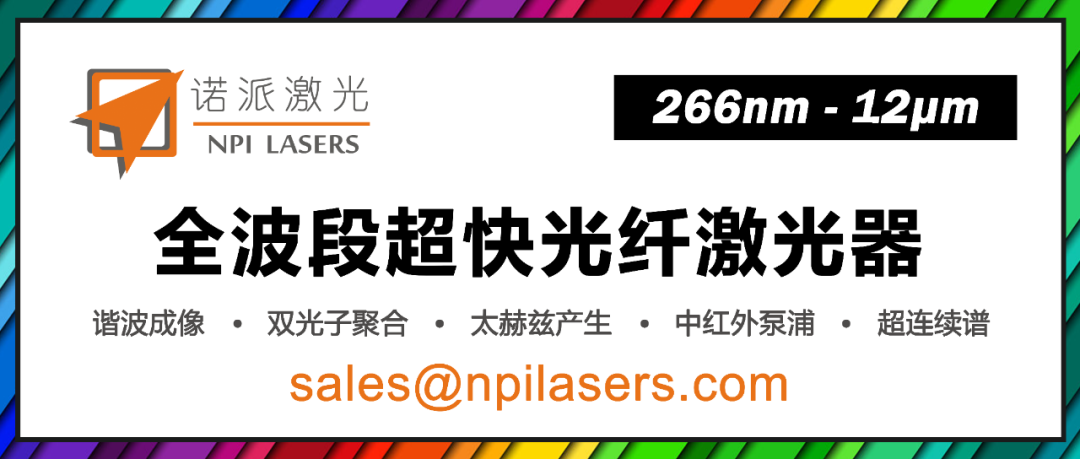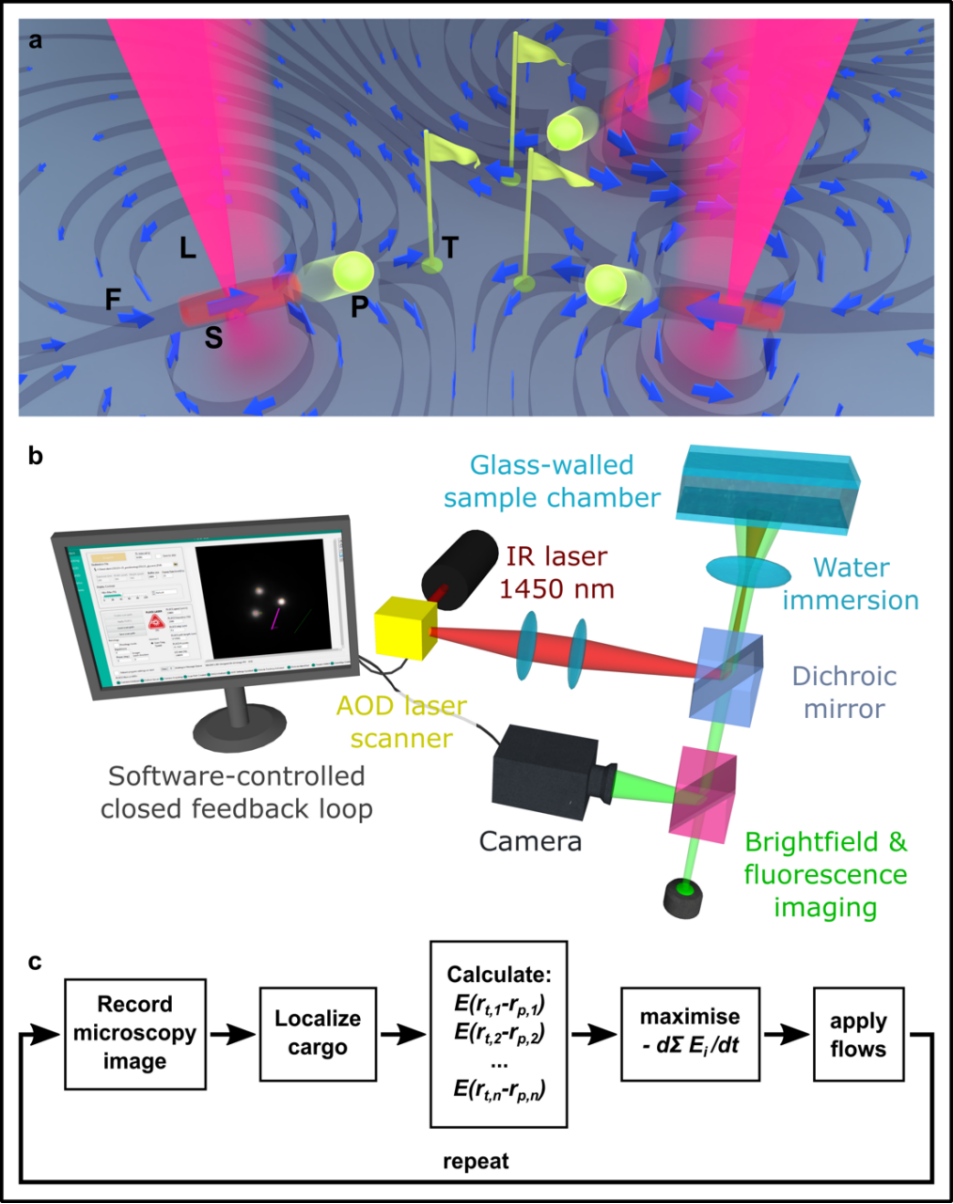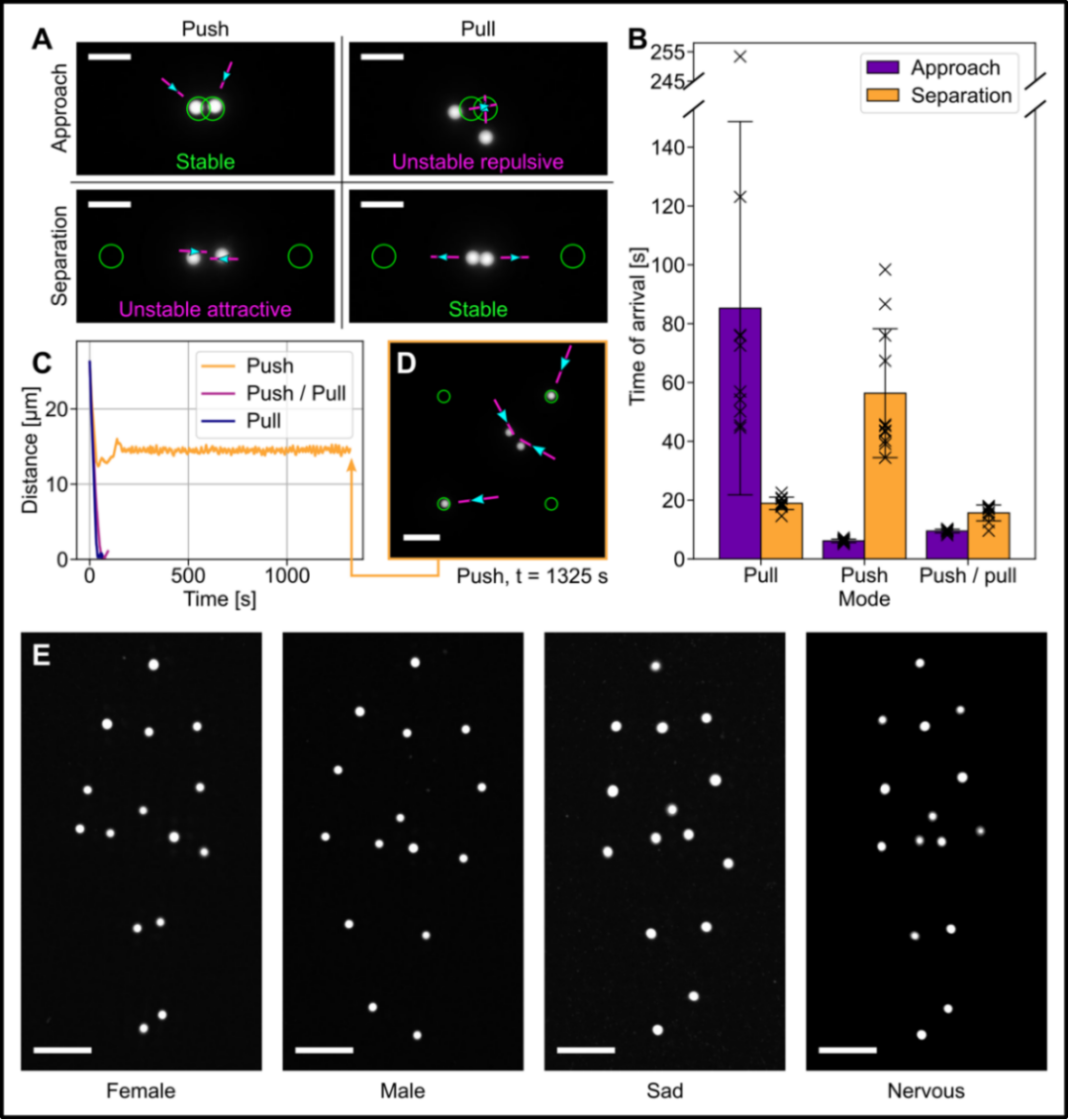There is 1 article with over 2000 citations
https://doi.org/10.1038/lsa.2014.99
There are 3 articles with over 1000 citations
https://doi.org/10.1038/s41377-019-0194-2
https://doi.org/10.1038/lsa.2014.30
There are 4 articles with over 800 citations
https://doi.org/10.1038/lsa.2016.133
There are 5 articles with over 700 citations
There are 9 articles with over 600 citations
https://doi.org/10.1038/lsa.2017.141
https://doi.org/10.1038/lsa.2013.28
https://doi.org/10.1038/lsa.2017.168
https://doi.org/10.1038/s41377-020-0341-9
There are 10 articles with over 500 citations
https://doi.org/10.1038/lsa.2015.67
There are 24 articles with over 400 citations
https://doi.org/10.1038/lsa.2013.26
https://doi.org/10.1038/lsa.2014.42
https://doi.org/10.1038/lsa.2016.17
https://doi.org/10.1038/lsa.2015.97
https://doi.org/10.1038/lsa.2014.46
https://doi.org/10.1038/lsa.2014.60
https://doi.org/10.1038/lsa.2015.30
https://doi.org/10.1038/lsa.2012.1
https://doi.org/10.1038/lsa.2016.76
https://doi.org/10.1038/s41377-018-0078-x
https://doi.org/10.1038/lsa.2015.131
https://doi.org/10.1038/s41377-020-0326-8
https://doi.org/10.1038/lsa.2017.39
https://doi.org/10.1038/s41377-018-0060-7
There are 43 articles with over 300 citations
There are 99 articles with over 200 citations
There are 292 articles with over 100 citations
There are 571 articles with over 50 citations



 Welcome to the research group for submissions – Press Release
Welcome to the research group for submissions – Press Release